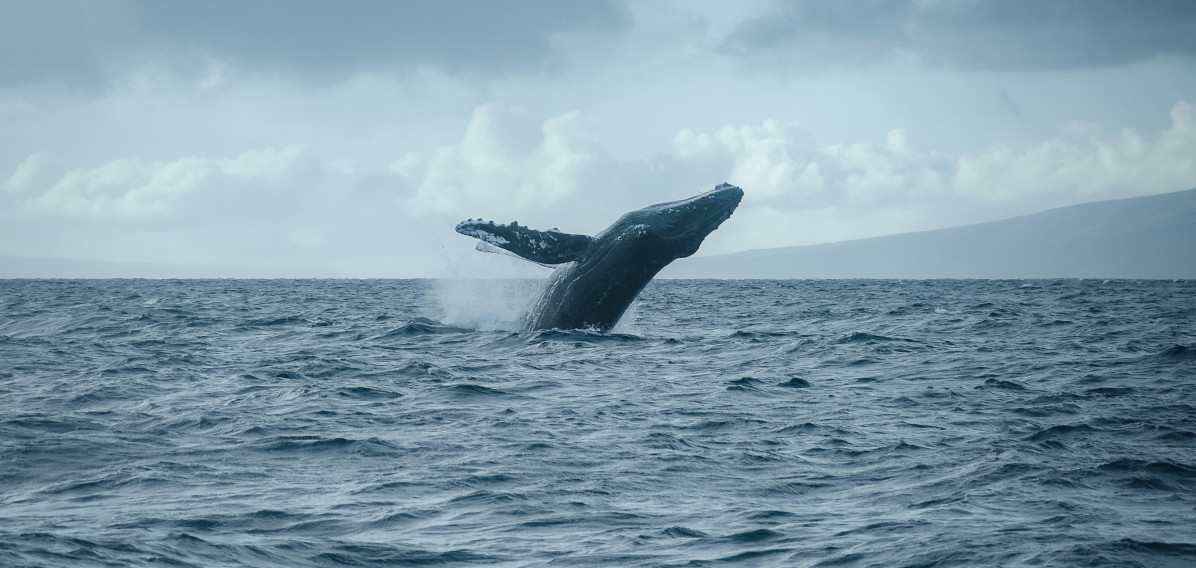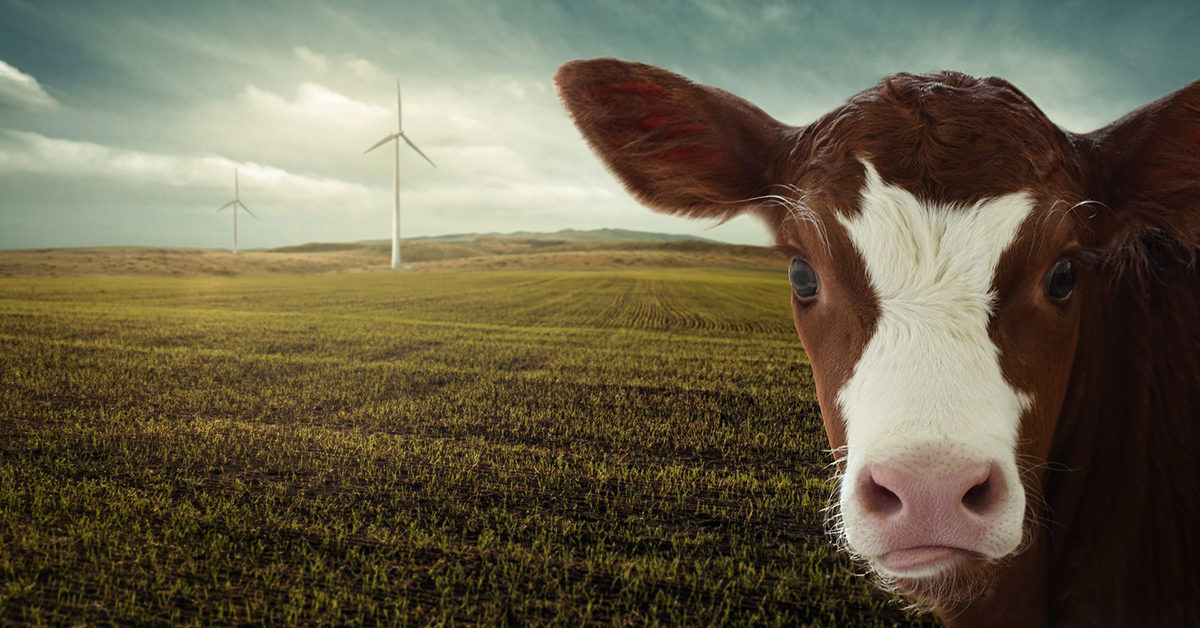In 2018, at the beginning of its term, the Norwegian government announced its intention to ban fur farming at the beginning of its term. This decision echoes similar decisions made around Europe, most recently in Luxembourg, Belgium and the Czech Republic. The public has been able to comment on the Norwegian law proposal, and all the statements are now available to read on a government website.
One of the statements is signed by the Finnish fur farming organization ProFur. It may seem odd that the Finnish industry would go out of its way to influence another country’s legislation. However, the Finnish fur industry goes through a lot of trouble to promote fur farming in Europe. Recently Finland was granted a permit by the EU to farm raccoon dogs for decades to come despite the fact that raccoon dogs have just been defined as an invasive species within the EU.
In its statement ProFur presents fur farming as an important and environmentally sound business. “The fur industry is a bioreactor in which everything circulates”, the statement reads.
However, the environmental issues connected to fur farming are well documented. Fur farming requires a lot of energy for producing feed, treating pelts, transportation and conservation. Even if one assumes a fur coat to last for decades, fake fur can still be held as a more environmentally sound alternative.
Interestingly, the statement plays down the Finnish discussion on fur farming: “Finnish politicians and decision-makers understand the importance of the industry, and there is no ongoing debate in Finland regarding the discontinuation of the industry”, the statement claims.
Profur´s statement is dated January 30th, only five days after an MP of the Green party demanded a fur ban in the news. To add to that, a bill that, among other demands, includes a fur ban is currently waiting to be voted on by the Finnish parliament.
A recent poll declaring that 69 % of Finns oppose fur farming in its current form also achieved wide press coverage. To add to this, a petition with 139,000 signatures demanding, among other improvements, that a fur farming ban be included in Finland´s reformed animal welfare act, was handed over to the parliament some months ago.
Profur´s statement also brings up the Welfur certificate protocol as a guarantee for animal welfare on fur farms. However, the Finnish fur industry owns over a third of the allegedly “independent” auditing partner Luova, who oversees the auditing of Finnish farms. Welfur’s criteria does not exceed welfare standards set by the Finnish animal welfare act in any significant way and thus, the certification system seems to be primarily a PR effort rather than a genuine attempt to better animal welfare.
The Finnish fur industry has been reported to be struggling financially and a Norwegian fur ban would be a further PR blow. Scandals such as the monster foxes recently discovered on Finnish farms have driven the industry to distress. Hopefully Norway will be wise enough to ignore outside attempts to influence its legislation, especially when the claims are as dubious as in this case.
References (each link will open in a new tab)
MTT raportti: Suomessa tuotetun minkinnahan ja ketunnahan elinkaariarviointi (in Finnish, pdf).
CE Delft: The environmeltal impact of mink fur production.
CE Delft: Natural mink fur and faux fur products (pdf).
Fur Free Alliance: Fur on children’s wear full of toxics.
ProFur: Norwegian fur branch is a vital part of the Scandinavian fur breeding value chain and circular economy (pdf).
Eduskunta.fi: Lakialoite laiksi eläinten hyvinvoinnista ja eräiksi siihen liittyviksi laeiksi (in Finnish, pdf).
Uusi Suomi 2019: Turkisyhtiö Saga Furs teki pahan tappion – Vihreiden Kari: Kielletään koko ala (in Finnish).
Yle 2019: Kantti kestää vielä turkiksista elävässä Uudessakaarlepyyssä – ”Täytyy vain uskoa ja toivoa, että käänne tulee” (in Finnish).
DailyMail 2017: Plight of the ’Monster Foxes’: Harrowing footage shows over-sized caged animals with huge pelts and rolls of folded skin deliberately bred to be fat in Finnish fur farms.
Kuva: Flickr / Dzīvnieku brīvība CC BY 2.0.






